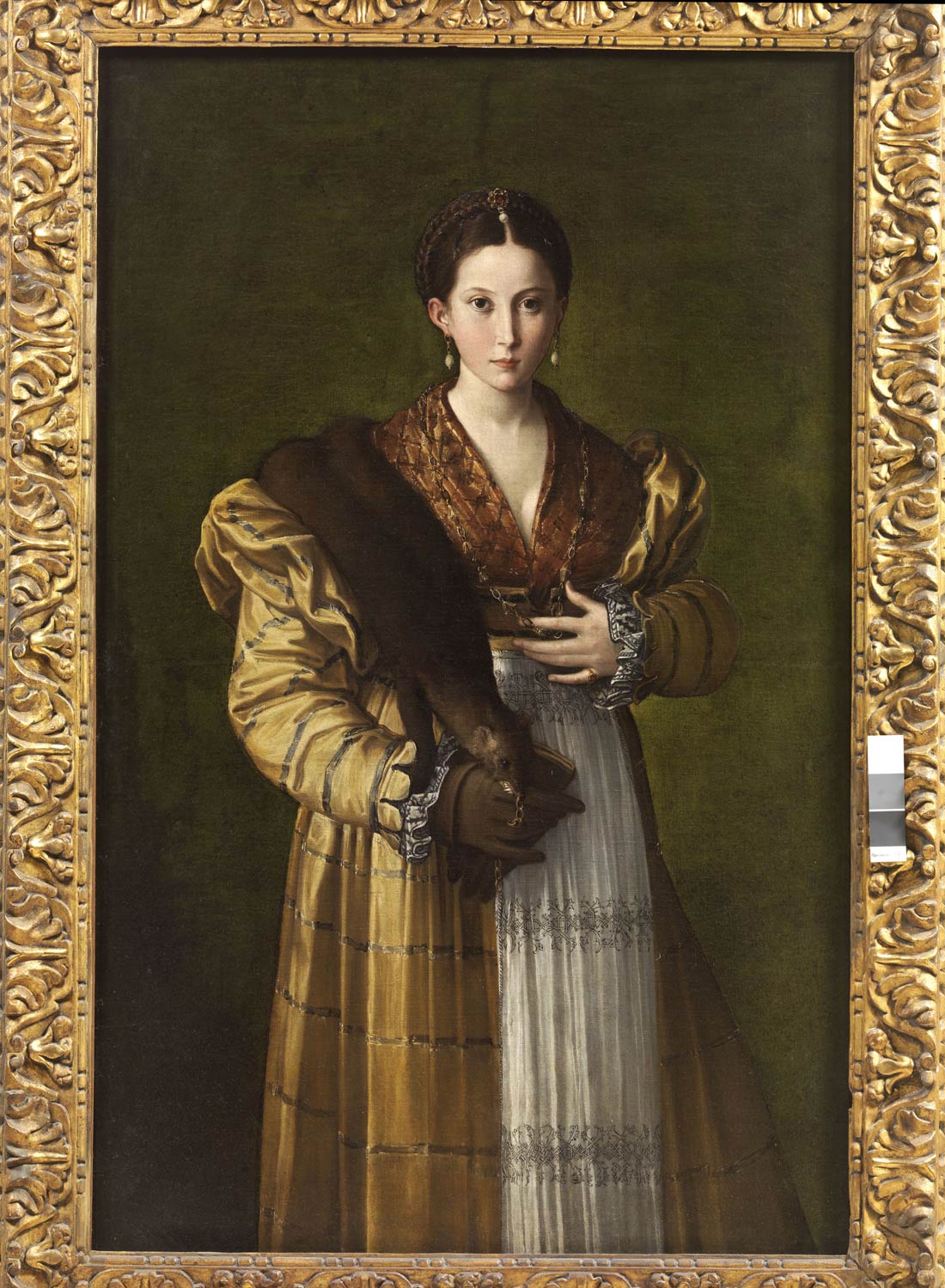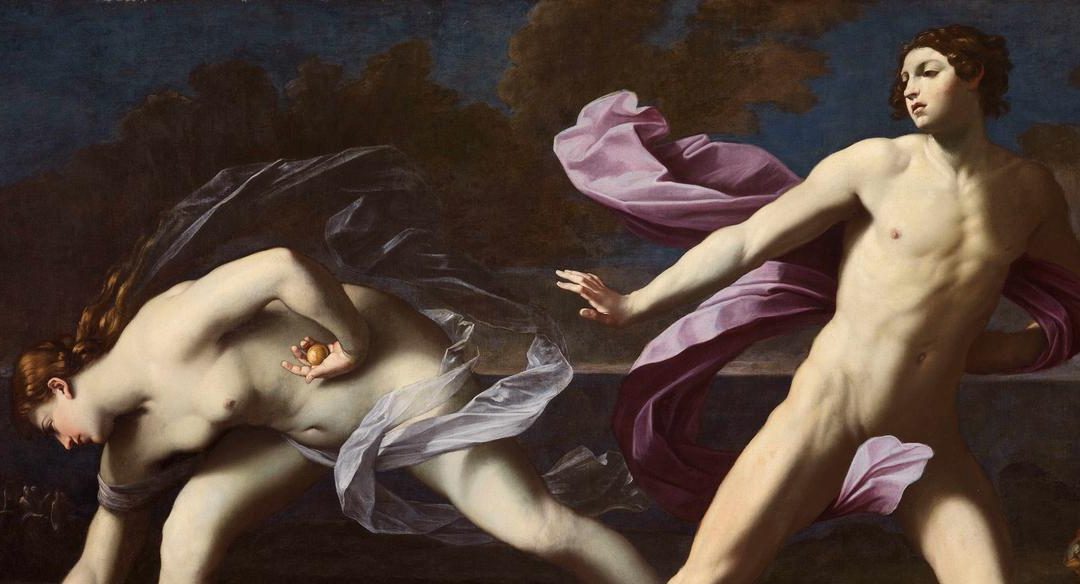Capodimone and the Louvre: an epochal exhibition inaugurated in Paris
Around seventy are the works from Museo Capodimonte on display in the rooms of the Louvre, displayed for six months on the occasion of the “Naples à Paris” exhibition. Inaugurated on 7 June in the presence of the President of the Republic Sergio Mattarella and the President of the French Republic Emmanuel Macron, until 8 January 2024 the exhibition will bring together two important European collections with masterpieces of Italian painting from the 15th to the 17th century.

Sébastien Allard e Sylvain Bellenger, the curators of the exhibition “Naples à Paris” during the vernissage
The most illustrious rooms of the Parisian museum, such as the Grande Galerie and the Salon Carrè, are the stage for this exclusive encounter, where the heritage of Louvre and Capodimonte “reinforce each other” creating an unprecedented dialogue, as stated by the director of the Neapolitan museum Sylvain Bellenger. The markedly dramatic and expressive Neapolitan school is not very present in the Parisian collection, which has always focused more on Roman and Bolognese painting. The occasion of the exhibition is therefore excellent for remedying this omission and for creating a comparison between contemporary works from different geographical areas.
The primary example of the conversation between masterpieces is the works of Jusepe de Ribera, who has always been included in the Spanish section of the Louvre, but who on this occasion is presented as a great master of the Neapolitan Baroque. The visitor discovers among the exhibition halls how the artist’s figurative expression changes from one cultural centre to another, revealing the clear difference between the Roman and Neapolitan Baroque.

Parmigianino, Antea (around 1530), exhibited in Louvre for “Naples à Paris”
Courtesy Museo di Capodimonte
Numerous are the masterpieces included in the exhibition, among which La Flagellazione di Cristo by Caravaggio, the Danae by Titian, La Trasfigurazione by Bellini, La Crocifissione by Masaccio, the Pietà by Annibale Carracci, the Atalanta e Ippomene by Guido Reni, the Giuditta che decapita Oloferne by Artemisia Gentileschi and three different paintings by Parmigianino, that is the rarest pearls in the Capodimonte Museum, lent especially for this occasion.
However, there was no lack of controversy due to the enormous movement of so many masterpieces from Naples to Paris, works already often sent abroad and which have been rarely visible in Capodimonte in recent years. Many have wondered whether sending the most beautiful paintings of the Neapolitan museum as ambassadors was a forward-looking or purely political move.

